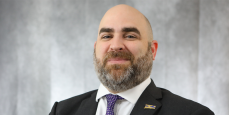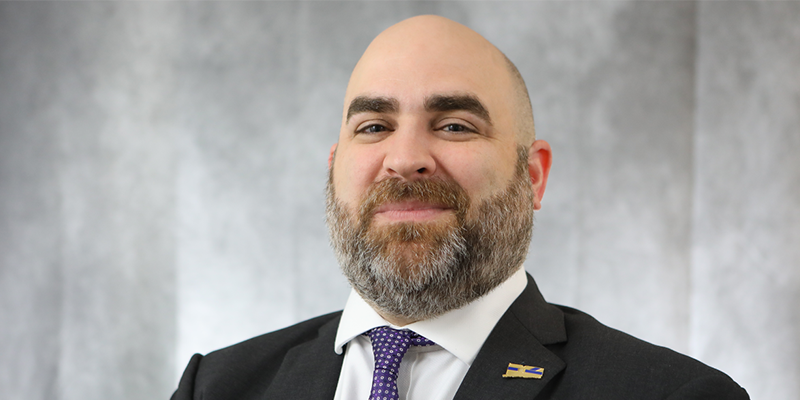Transit on the Move: Commissioner Eucalitto (Part 2)


Transit on the Move is a dynamic, new interview series spotlighting transportation leaders as they share insights and innovations on the road ahead for our evolving transit landscape. Here we have an excerpt from an interview of Commissioner Garrett Eucalitto (CTDOT), conducted by Executive Director of External Affairs Vanessa Brooks.
Read part one of our conversation here.
Vanessa Brooks: What are your top priorities as the commissioner of the Connecticut Department of Transportation for enhancing the state's transportation infrastructure in the coming years?
Garrett Eucalitto: I think there are a few different priorities.
We have a lot of aging infrastructure because we're an older state. A lot of our infrastructure is on the edge of having to be replaced. We need to look at a lot of our bridges for our interstate highway system, like through all of Hartford, the viaduct on I-84 we have severe congestion problems on I-95. We need to stabilize our approach to the asset management system and continue to keep the state in good repair. We cannot have taxpayers’ costs explode, because we don’t want things to decay, and then we have to tear them down and replace them. Let's maintain it as long as we can. That’s one thing.
Then the other piece is focusing on our operations. We have the potential to be one of the most transit-rich states in the country. In many ways, we already are. We have so much bus service. We have so much rail service. There’s a good opportunity to grow and reach new parts of the state that don't have service or expand hours of operation into new routes.
Our goal should be: if you don't want to own a car, you shouldn't have to own a car in Connecticut. (Cars are) a big expense. What can we do to get rid of your car or lease payment, your car insurance payments, and your fuel payments? Let’s get those off your back and get you a bus pass instead.
VB: What are the biggest challenges and opportunities for transportation leaders in Connecticut and nationally?
Costs are a significant challenge: infrastructure costs have increased due to inflation, economic uncertainty, tariffs, and federal funding, all of which are driving up costs. It makes it a challenge to make investment decisions. What do we invest in? What do we design to build for the future if we don't know the money will be there to build it?
The other consideration is rising costs. If we want to continue growing the service, the costs to operate the system will increase. People are buying less gasoline, less diesel fuel, and their cars are becoming more efficient, which means less money coming to the DOT to pay for transportation. If you drive an electric vehicle today, you don't pay anything for the roadways. But someone who drives a 2010 Civic pays a lot because it's not as efficient as a newer car. We need to get a handle on that to make sure that whatever revenues we have coming in, support our public system.
VB: Now, with this busy schedule that you have, share a hobby with us that helps you unwind and recharge at the end of your week.
Friday nights I usually watch TV, or a movie, or play video games. If I'm not traveling for work, I jump on a bus route, I jump on a train route while listening to a podcast or my Spotify playlist. I'm usually riding the system or riding one of our state roads to combine work and relaxation. I've taken trips on every transit system in the state. I’ve ridden most routes in the New Haven division, a bunch of them in the Hartford Division, the Stamford division, and the Waterbury division. I'll take a ride and see where it goes. I end up talking to some of the customers too.
